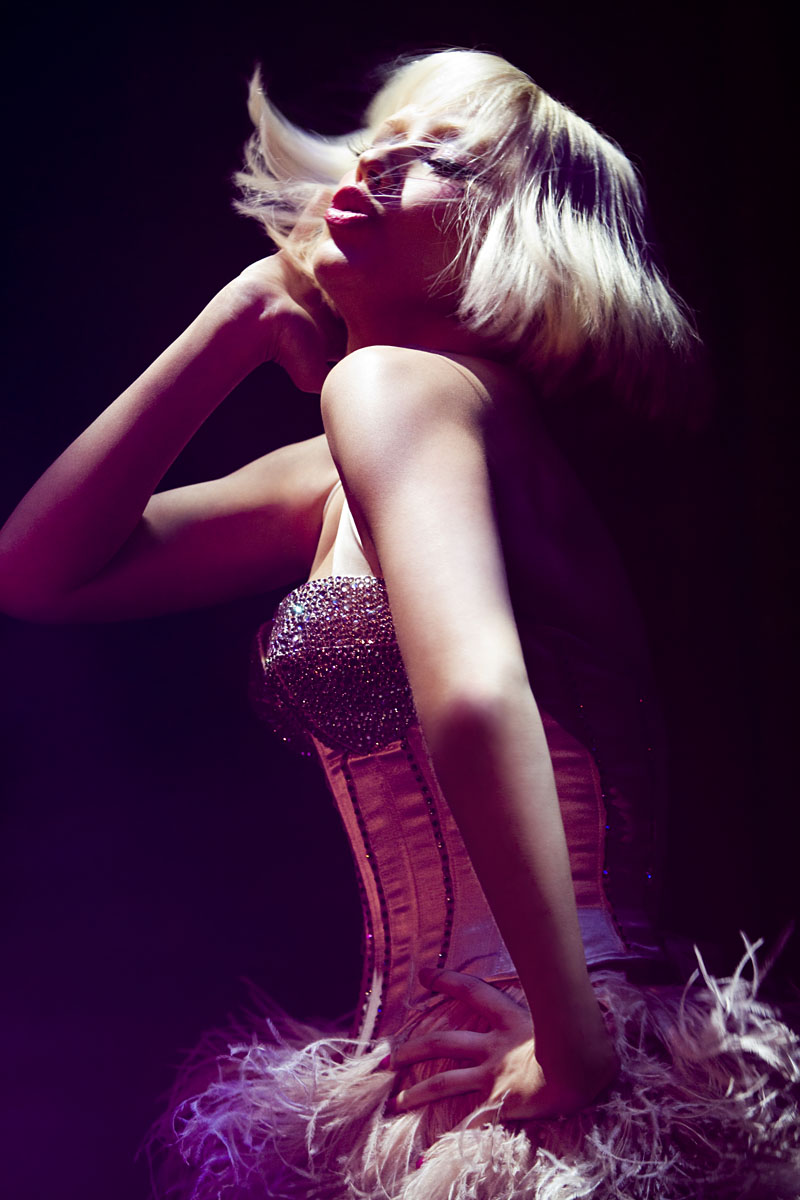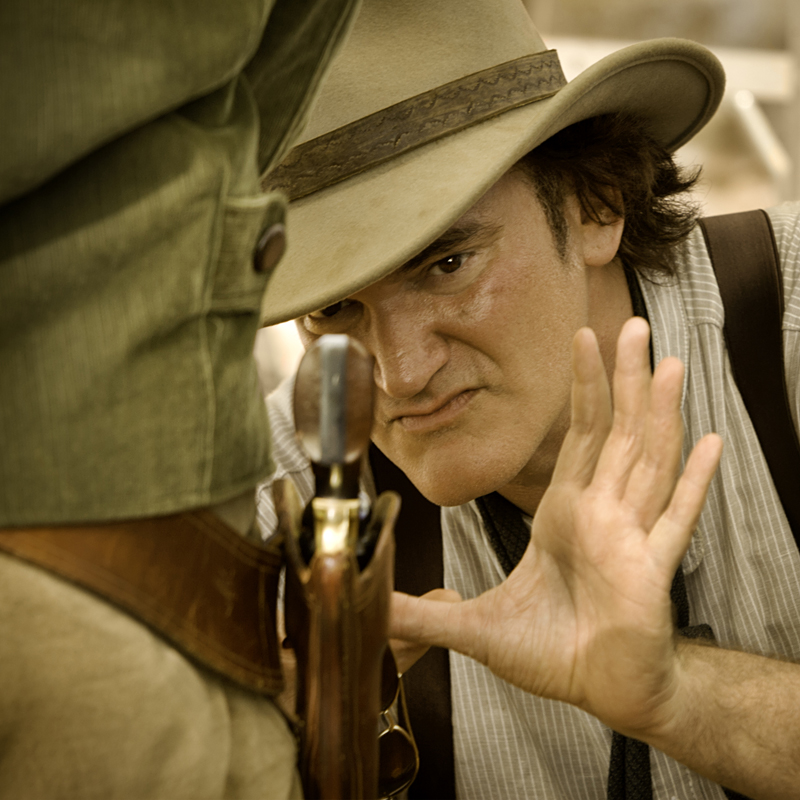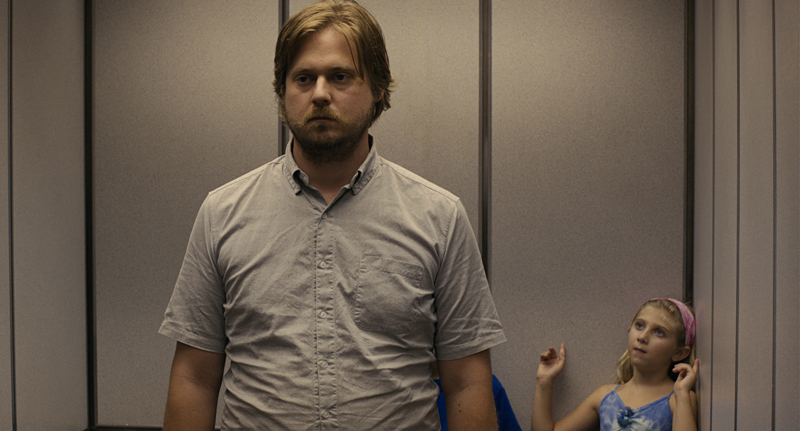“She doesn’t sing that way because she’s had it easy.” This is how Tess (Cher), the long-suffering owner of the nightclub at the center of Burlesque, defends her new star, Ali (Christina Aguilera), to the club’s jealous, deposed marquee attraction, Nikki (Kristen Bell). The phrase could substitute as a marketing mission statement for Aguilera herself, who, throughout her decade-long adult career, has deftly incorporated triumph-over-trauma into her brand.
Programmatic by design, Burlesque flattens Aguilera’s inherent thorny appeal—a persona at once obnoxiously “provocative” and sympathetic—by casting her as the 21st-century torch-signing equivalent of Ruby Keeler in a hodgepodge of Busby Berkeley plots. Aguilera’s innocent Ali is an orphan who Greyhounds it from her tiny Iowa hamlet to Hollywood. There she ends up at Burlesque, where she instantly becomes entranced by the stage show: highly gymnastic, quasi-comic lip-synch routines set to standards, performed by a cast of homogeneous young things in sailor-motif underwear-as- outerwear. Business is hardly booming, and it’s easy to see why: Burlesque lacks both the reliable base appeal of a real strip club (while the costumes are skimpy, they rarely come off), and, with Tess the only member of the company who dares to sing live, a personal touch. Ali (and the viewer) knows she can outsing the recorded vocal tracks, but she keeps her talent to herself while working her way up from waitress to dancer.
Running an unconscionably extended 116 minutes, Burlesque is nearly half over before Aguilera is allowed to be Christina Aguilera. Directed by Steve Antin from a script credited to him and reportedly worked on by Diablo Cody and Susanna Grant, the film wastes its primary asset: its superstar, shoehorning her into a rehashed backstage musical conceit: Good girl is tempted by bad guy, ultimately resists, becomes a star, finds love, and saves the show.
Burlesque‘s songs were written by a wide variety of producers and performers (Aguilera co-wrote just three), and not only is there no consistent creative throughline, but they serve no storytelling function—in fact, most songs were mixed like standard club tracks, rendering specific lyrics incidental. The film’s catchiest tune is “The Beautiful People,” bizarrely based on a Marilyn Manson sample. But Antin treats it like a throwaway, using it to back a scene that takes place outside of the club, so even though Aguilera sings it, Ali doesn’t.
Fred Astaire used to insist that his onscreen dances be shot wide and virtually uncut, so that there’d be no doubt the performers were doing it for real. Antin takes the opposite approach, fragmenting each number so that we get no sense of how the dancers are moving through space. What you remember when it’s over is the impact of Aguilera’s voice, but not what she’s singing; montages of body parts, but not the choreography; and Aguilera’s face, music-video-trained to hold a close-up so emotionally exaggerated, you might even call it a burlesque.








